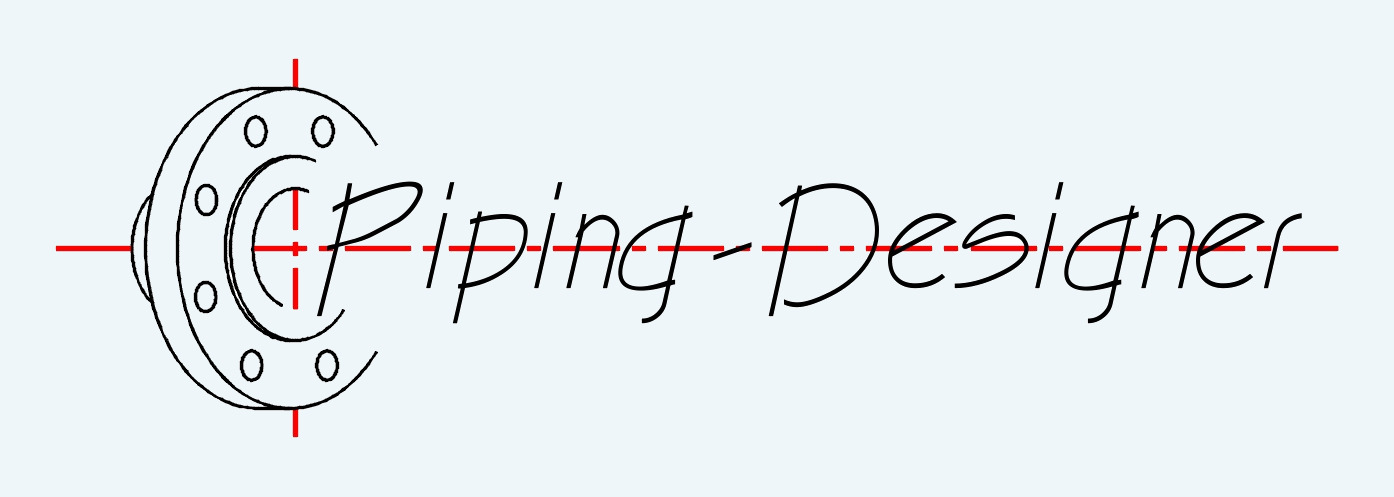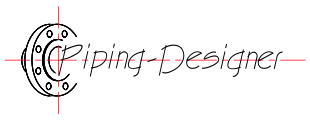Capacitive Reactance
Capacitive Reactance formula |
||
|
\( X_c \;=\; \dfrac{ 1 }{ 2 \cdot \pi \cdot f \cdot C } \) (Capacitive Reactance) \( f \;=\; \dfrac{ 1 }{ 2 \cdot \pi \cdot C\cdot X_c }\) \( C \;=\; \dfrac{ 1 }{ 2 \cdot \pi \cdot f \cdot X_c }\) |
||
| Symbol | English | Metric |
| \( X_l \) = Capacitive Reactance | \(F\) | \(F\) |
| \( \pi \) = Pi | \(3.141 592 653 ...\) | \(3.141 592 653 ...\) |
| \( f \) = Frequency | \(Hz\) | \(Hz\) |
| \( C \) =Capacitance | \(F\) | \(F\) |
Capacitive reactance, abbreviated as \(X_l\), is the opposition that a capacitor offers to the flow of alternating current (AC) in a circuit. Unlike resistance, which dissipates energy as heat, capacitive reactance arises from the capacitor’s ability to store and release energy in the form of an electric field. It depends on both the frequency of the alternating signal and the capacitance of the capacitor. This means that at higher frequencies, the opposition to current decreases, allowing more current to pass through the capacitor, while at lower frequencies the opposition increases, restricting current flow. Capacitive reactance plays an essential role in AC circuit behavior, especially in filters, oscillators, and tuning circuits.

